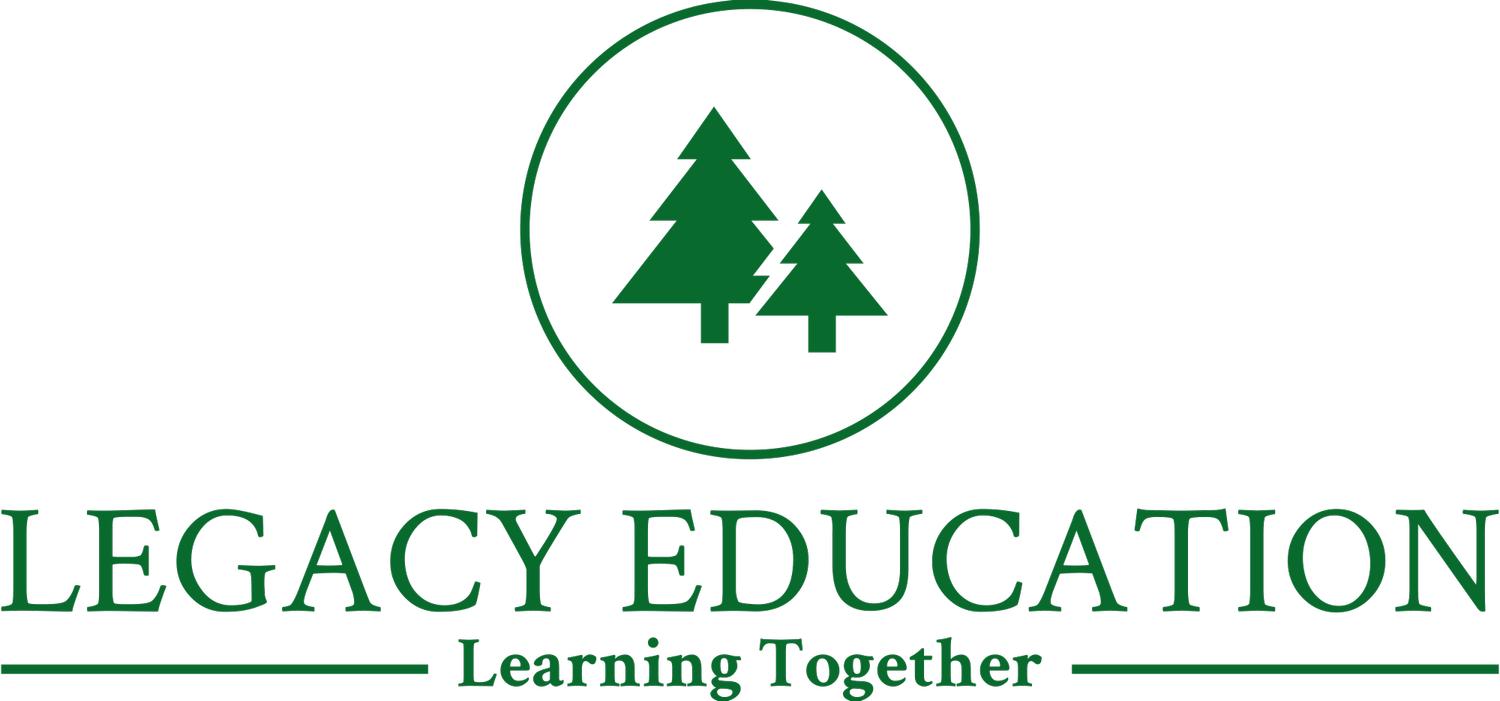British Pubs & Neurodiversity: Don’t Make This Mistake!
What’s RIGHT With Kids These Days?
A teacher once told Tim Martin, the founder of a wildly successful British pub chain, that he would never amount to anything. She looked at him, with no hesitation, and said, “You’ll fail.” Struggling with reading and writing, Martin was dismissed, written off, and labeled a lost cause. But what no one saw coming was that Martin wasn’t interested in fitting the mold they had set for him. Instead, he took the teacher’s doubt and turned it into fuel for his determination. He built a multi-million-dollar business from the ground up—and as a sharp reminder of how far he had come, he named the pub chain JD Wetherspoon, as a defiant tribute to the very teacher who said he’d fail. A name that would forever echo his victory over the limits others had tried to impose on him.
Martins’ story is a perfect example of how easy it is to misjudge potential based on a few struggles. What others saw as weaknesses—his trouble with reading and writing—were actually the driving force behind his innovation, creativity, and success. This isn’t just about one man’s journey; it’s a wake-up call for how we view neurodiversity in today’s kids. ADHD, dyslexia, autism—these conditions are too often seen as barriers to success, when in fact, they can be the very traits that set kids apart as future leaders and innovators.
Just like Martin, kids with ADHD, dyslexia, and autism don’t always fit into the traditional education system. But that doesn’t mean they’re destined to fail. In fact, their differences give them a unique advantage. And when we learn to see these differences as strengths, we unlock potential we never even knew existed.
Take ADHD, for example. These kids are often written off as distracted or unfocused. But in reality, their ability to jump between ideas and tasks quickly is exactly what makes them so creative and adaptable. Their brains are wired for high energy and dynamic problem-solving. They thrive in fast-paced, ever-changing environments, just like entrepreneurs who can pivot and innovate on a dime. Richard Branson, one of the most successful entrepreneurs in the world, credits his ADHD as the reason he’s able to think creatively and act quickly. ADHD isn’t a deficit—it’s a superpower, if we’re willing to see it that way.
Then there’s dyslexia. Struggling with reading doesn’t mean a child is behind—it just means their brain processes information differently. Dyslexic kids are often visual thinkers, able to see patterns and connections that others miss. This unique way of thinking opens doors to creativity and innovation. Some of the world’s most successful entrepreneurs, including Steve Jobs and Richard Branson, have dyslexia. Instead of “fixing” it, we should help these kids amplify their strengths and celebrate the ways they see the world differently.
And what about autism? Kids on the autism spectrum are often labeled as rigid or socially awkward. But this “rigidity” often translates into incredible focus and precision. In fields like coding, engineering, and math, this trait is invaluable. Their ability to focus deeply on a problem or idea allows them to solve complex issues with unmatched clarity. Elon Musk and Temple Grandin, two of the most influential figures of our time, both have autism and have used their unique thinking styles to change entire industries.
The truth is, today’s education system is broken. It’s designed for a narrow definition of success—one that’s based on reading, writing, and traditional metrics. But for kids with ADHD, dyslexia, and autism, that system isn’t built to help them thrive. Instead of trying to fix them, we need to start amplifying their strengths, creating a learning environment where they can flourish based on what they do best.
Just like Tim Martin, today’s kids aren’t “broken” just because they don’t fit the mold. They’re the innovators of tomorrow. It’s time to stop focusing on their limitations and start recognizing the strengths they bring to the table. When we stop trying to change them, we’ll realize that their differences are the very things that will drive us forward.
It’s time to stop making the same mistake. The next time you see a kid who doesn’t fit in, remember: the very things that make them different may be the superpowers that help them lead us into the future.
Want to avoid becoming like Ms Wetherspoon? I wrote Universal Best Practices for All Learners to help every teacher and every school do just that!

